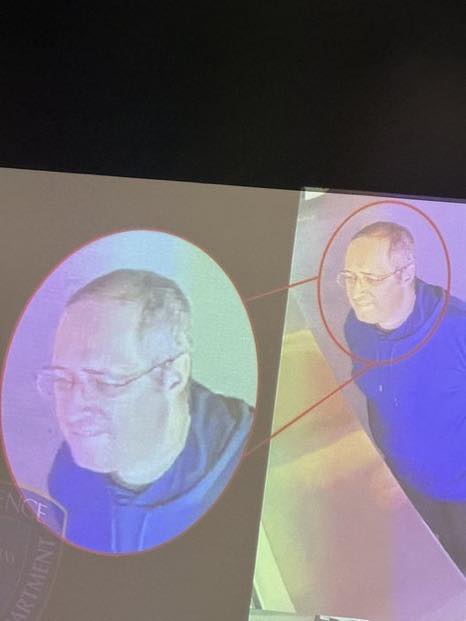Bryan Kohberger’s trial isn’t just another sensational murder case making the rounds on social media. It’s a dissection of how far the justice system can stretch in the name of solving a crime, and where the lines blur between advancing technology and violating basic human rights.
Genetic genealogy, privacy, and Fourth Amendment battles took center stage in this legal theater—a courtroom drama more complex than any Netflix series could script.
From the first utterances in court, the defense hammered home their contention: Kohberger’s genetic breadcrumbs were traced in ways that violated his constitutional rights. Investigative Genetic Genealogy (IGG) emerged as both hero and villain. On one hand, it’s a marvel of modern science, solving cold cases and giving names to Jane and John Does long forgotten. On the other, it’s a Pandora’s box, threatening to unravel the threads of privacy that hold society together. If your cousin’s recreational DNA upload to a genealogy site can put you in handcuffs, where does it end?
As Kohberger’s defense laid it out, the process was shrouded in secrecy—a black box of algorithms and unnamed technicians. DNA found on a knife sheath at the scene was, allegedly, run through databases law enforcement had no business accessing. Protocols were skipped, oversight was absent, and what should have been a trail of evidence looked more like a scavenger hunt orchestrated in the shadows.
Does secrecy inherently imply guilt? Or does it reflect a system stretched thin, cutting corners to deliver justice at any cost? The defense’s refrain echoed: “If there’s nothing to hide, why all the hiding?”
Another flashpoint in this courtroom drama was the trash pull—a covert operation in Pennsylvania where investigators seized garbage from Kohberger’s family home. Defense attorneys argued the move reeked of overreach, a blatant disregard for privacy cloaked under the guise of routine procedure. The prosecution countered with a dispassionate shrug: “Garbage at the curb is fair game.”
But is it? Should it be?
The question feels almost quaint in an era where our every move is cataloged by smartphones, surveillance cameras, and data-mining corporations. Yet, the imagery of officers sifting through someone’s trash still feels invasive in a uniquely human way—a violation that strikes as deeply personal when it’s your home but feels far less intrusive when it’s a discarded pizza box left in a Fifth Avenue trash can by someone like Rex Heuermann.
The heart of the trial beats not in the technical jargon or legalese but in the human stories woven through the arguments. Witnesses with faltering memories, a grieving community hungry for answers, and a defendant’s life hanging in the balance. The courtroom is more than a stage for evidence; it’s a crucible where emotion, logic, and morality collide.
Kohberger’s defense leaned heavily on the idea that the prosecution’s narrative was stitched together with threads of doubt. They painted a picture of a system rushing to judgment, relying on methods that straddle the line between innovation and intrusion. “We leave DNA everywhere,” one lawyer argued, likening it to shedding skin cells with every step we take. Does that mean society is ready to forfeit any expectation of genetic privacy?
This trial is about more than one man or one crime. It’s a referendum on how we navigate the uneasy marriage between technology and justice. Should investigative shortcuts—even well-intentioned ones—be allowed to erode the safeguards that protect us all? Are we willing to trade privacy for expediency, transparency for results?
As the hearing wound down, the room felt heavier, burdened by the weight of questions left unanswered. The judge took the motions under advisement, but the implications of this case extend far beyond the courtroom. They seep into our lives, our devices, and our DNA—reminding us that the pursuit of justice is rarely a clean-cut path.
In the end, the Kohberger trial is less about guilt or innocence and more about the threads of trust and accountability that hold our justice system together. Are we ready to pull at those threads, knowing the entire fabric might unravel? Or will we find a way to sew the tears without losing what makes the system—and us—whole?


